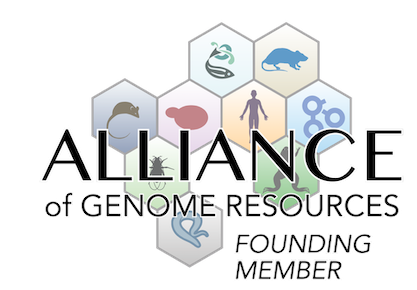behavior/neurological
|
• in the novel object recognition test, mice show an impaired ability to distinguish between novel and familiar objects, with a lower recognition index, indicating deficits in recognition memory
|
|
• in the Morris water maze, mice take longer to locate the platform, especially on the 5th day of training, indicating spatial learning difficulties
|
|
• in a subsequent probe test, mice show longer latencies to reach the target location for the first time and fewer passes over the target, and spend less time in the target quadrant
|
|
• in the Y-maze, mice show decreased spontaneous alternations without affecting arm entry counts, indicating a defect in spatial working memory
|
|
• in the open field test, mice show an increase in outer zone distance traveled, suggesting increased anxiety-like behavior
• in the elevated-plus maze, mice tend to spend less time in the open arms than wild-type mice and cover a relatively shorter distance in the open arms while traveling a longer distance of the closed arms of the elevated-plus maze
|
|
• in the three-chambered social interaction test, mice do not differentiate between familiar and novel mice during the social novelty phase, indicating an impairment in novelty recognition
|
|
• mice show shorter latencies to fall from the rotarod, indicating compromised motor balance
|
|
• in the open field test, mice show an increase in both total and outer zone distance traveled, suggesting increased locomotor activity
|
|
• in the three-chambered social interaction test, mice do not show a preference for the chamber containing another mouse, indicating an impairment in social interaction
|
nervous system
|
• breaks in dendrites and their branches are seen across both the hippocampus and prefrontal cortex, indicating neuronal damage
|
|
• marker analysis indicates decreased neurogenesis in the hippocampal dentate gyrus
|
|
• dendritic spines in the hippocampal dentate gyrus neurons show more elongated, thin, and curvilinear structures suggesting immature spine development
|
|
• prefrontal cortex shows a decrease in dendritic spine density and the presence of fewer mature spines
|
|
• increase in dendritic spine density in the hippocampal dentate gyrus neurons
• however, dendritic complexity in the hippocampal dentate gyrus neurons is normal
|
|
• dendritic spines in the hippocampal dentate gyrus neurons show more elongated structures
|
|
• prefrontal cortex shows a reduction in the number of neuronal dendritic branches at varying distances from the soma
|
|
• increase number of overall dendritic spines in the hippocampal dentate gyrus neurons
|
|
• neurons in the hippocampal dentate gyrus are characterized by disrupted, fragmented, and disorganized dendritic structures
|
cellular
|
• marker analysis indicates decreased neurogenesis in the hippocampal dentate gyrus
|
Mouse Models of Human Disease |
DO ID | OMIM ID(s) | Ref(s) | |
| intellectual disability | DOID:1059 | J:370017 | ||



 Analysis Tools
Analysis Tools